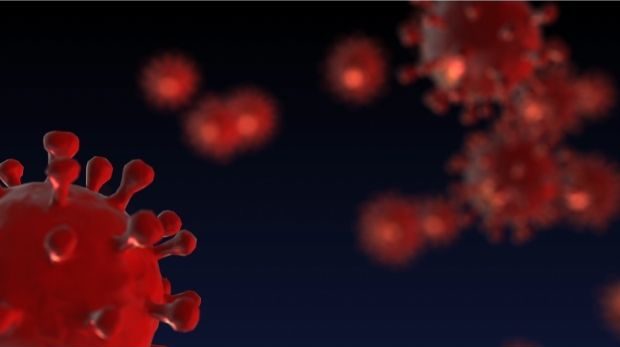
Stock photo / INQUIRER.net
MANILA, Philippines — Metro Manila is now under the low-risk classification for COVID-19 transmission, according to the Department of Health on Tuesday, but Cagayan Valley and Cordillera Administrative Region (CAR) remain under moderate risk.
Based on the latest DOH data, Metro Manila had 770 new daily cases from October 26-November 1 which was 14 percent lower than the 898 average cases recorded from October 19-25. The region’s average daily attack rate (ADAR) also decreased from the previous 11.90 per 100,000 individuals from October 5-18 to just 5.97 from October 19-November 1.
As of October 25, Metro Manila was still under the moderate risk classification for COVID-19 transmission based on DOH’s metrics. But it was already classified as low risk by OCTA Research in its report on October 26. The DOH and OCTA Research use different metrics for classifying pandemic risk levels.
Meanwhile, the latest ADAR in Cagayan Valley and CAR is at 13.59 and 18.80 per 100,000 individuals, respectively, according to the DOH. An ADAR of more than 7 is considered high risk.
The ICU utilization of Cagayan Valley and CAR is also at high risk at 83.63 percent and 74.34 percent, respectively, the DOH added.
The DOH further said that the Bangsamoro Autonomous Region in Muslim Mindanao is at “minimal risk” for COVID, while the majority of other regions are under low risk.
“National and NCR [data] showed a slowdown in decline [of cases] with three regions showing positive growth rates in the recent week,” Dr. Alethea De Guzman, OIC-Director of the DOH Epidemiology Bureau, said in an online media forum.
According to De Guzman, these three regions are CAR, which recorded a 27.78 percent increase; Soccsksargen, 21.09 percent increase; and Mimaropa, 9.96 percent increase in new cases in the recent one to two weeks.
The country remains under the low-risk classification for COVID-19 transmission.